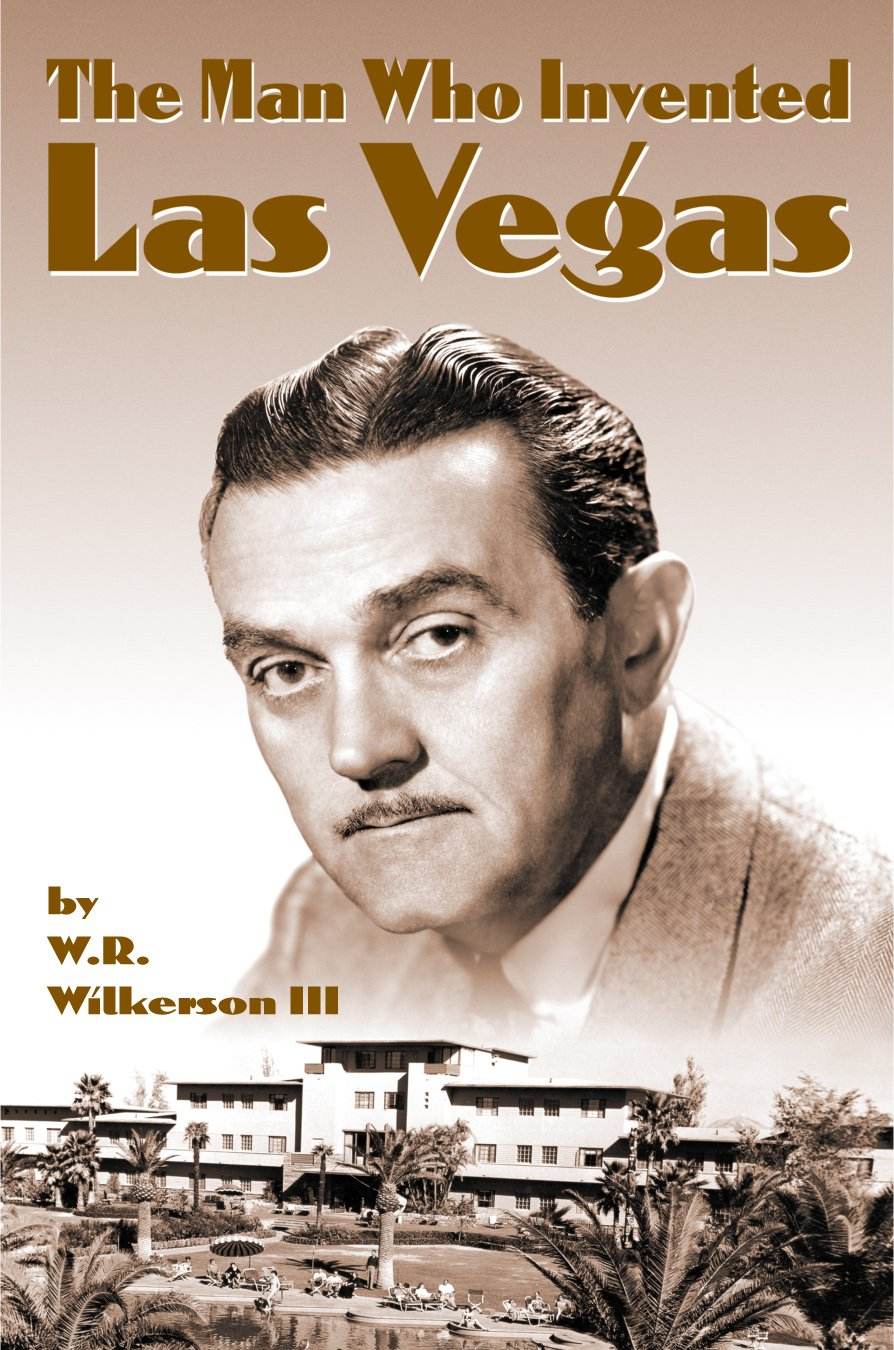Billy Wilkerson Part 4: The Dramatic End to His Partnership with Bugsy Siegel
In December 1946, William Richard “Billy” Wilkerson received a call from J. Edgar Hoover, the director of the FBI. According to the biography of his life, the two were cordial friends who enjoyed betting on horse races and opposed communism. Hoover warned Billy that Benjamin “Bugsy” Siegel was dangerous and that the investor group might try to take control of his project, the Flamingo Hotel—and that Billy’s life might be in danger. The warning came too late; Billy was in too deep.
Two weeks before the Flamingo Hotel’s rushed opening, Bugsy called a meeting of shareholders in Las Vegas and announced there that he’d sold 150% of the project to investors. All shareholders would need to take a haircut to resolve the situation. Bugsy told Billy that he’d have to give up his 48% ownership stake and wouldn’t be paid for it—and if he didn’t, he (Bugsy) would be killed, and further, that if he were going to die, he wouldn’t go alone; he’d kill Billy first. Billy then realized that Bugsy had no intention of honoring his legal commitments.
His life in danger, Billy rushed back to Hollywood that same night. His lawyer threatened Bugsy and filed affidavits about the meeting with the district attorneys in Las Vegas and Los Angeles, the FBI, and the attorney general.
Billy went to Paris to hide. He still believed the investor group would fire Bugsy once they found out what Bugsy was doing. Billy decided to make sure the investors knew how bad things were. He used The Hollywood Reporter to publicize the project’s cost at the time: over $5 million, five times Billy’s original budget. The investor group now knew what had been hidden from them. This was a dangerous move by Billy.
Bugsy moved forward with the opening on December 26, 1946, and it was an epic failure. As Billy had predicted, with no hotel rooms available to gamblers, they took their winnings elsewhere. Within two weeks the casino had lost $275,000. Bugsy couldn’t understand what was happening and shut down the entire operation in late January. He had spent an additional $750,000 on operating and building costs. By April 1947, the total project cost was over $6 million.
Billy’s lawyer urged him to sell, but he refused. He believed his 48% ownership in the $6 million investment would do well once Bugsy was replaced. But hiding in isolation in Paris wore Billy down, and he instructed his lawyer to sell for $2 million. Bugsy’s lawyers countered at $300,000, and Billy came back at $1 million. The final offer from Bugsy was $600,000. Billy didn’t want to accept, but he didn’t want to die either, so he accepted the deal. On March 19, 1947, Billy signed the deal for a $300,000 initial payment with the remainder to be paid in August.
With the deal done, Billy returned to Hollywood in March. Within days, he got a call saying there was a contract to kill him. Within 48 hours, Billy was back in Paris.
The Flamingo reopened in March 1947, the same month Billy had planned for initially. Bugsy asked his investors for more time, and the property even generated a surprise profit in May. But it was too late. Bugsy’s credibility with the investor group was damaged beyond repair. In late May 1947, Billy was about to return to Hollywood when his office got an anonymous call warning him to stay in Paris until everything was over. On June 21, 1947, Billy opened the newspaper to learn that Bugsy had been murdered. He returned to Hollywood on June 23, 1947. His partnership with Bugsy was over.
Minutes after the shooting that killed Bugsy, Gus Greenbaum and Moe Sedway took control of the Flamingo. They changed some things to make it appeal to more people—not just to people with huge budgets. In the first year of their management, the Flamingo turned a $4 million profit.
Billy’s vision for Las Vegas was surpassed, to his astonishment. Developers took Billy’s vision to new heights and transformed the sleepy desert city into a luxury gambling mecca. The stretch of land outside of town where Billy started became the famous Las Vegas strip. Even though his vision for the Flamingo and Las Vegas became reality, Billy never spent a night in the Flamingo. In fact, he gave up gambling cold turkey when his son was born in October 1951. After six decades, becoming a family man gave Billy the strength and purpose to kick his gambling addiction.
Prefer listening? Catch audio versions of these blog posts, with more context added, on Apple Podcasts here or Spotify here!




